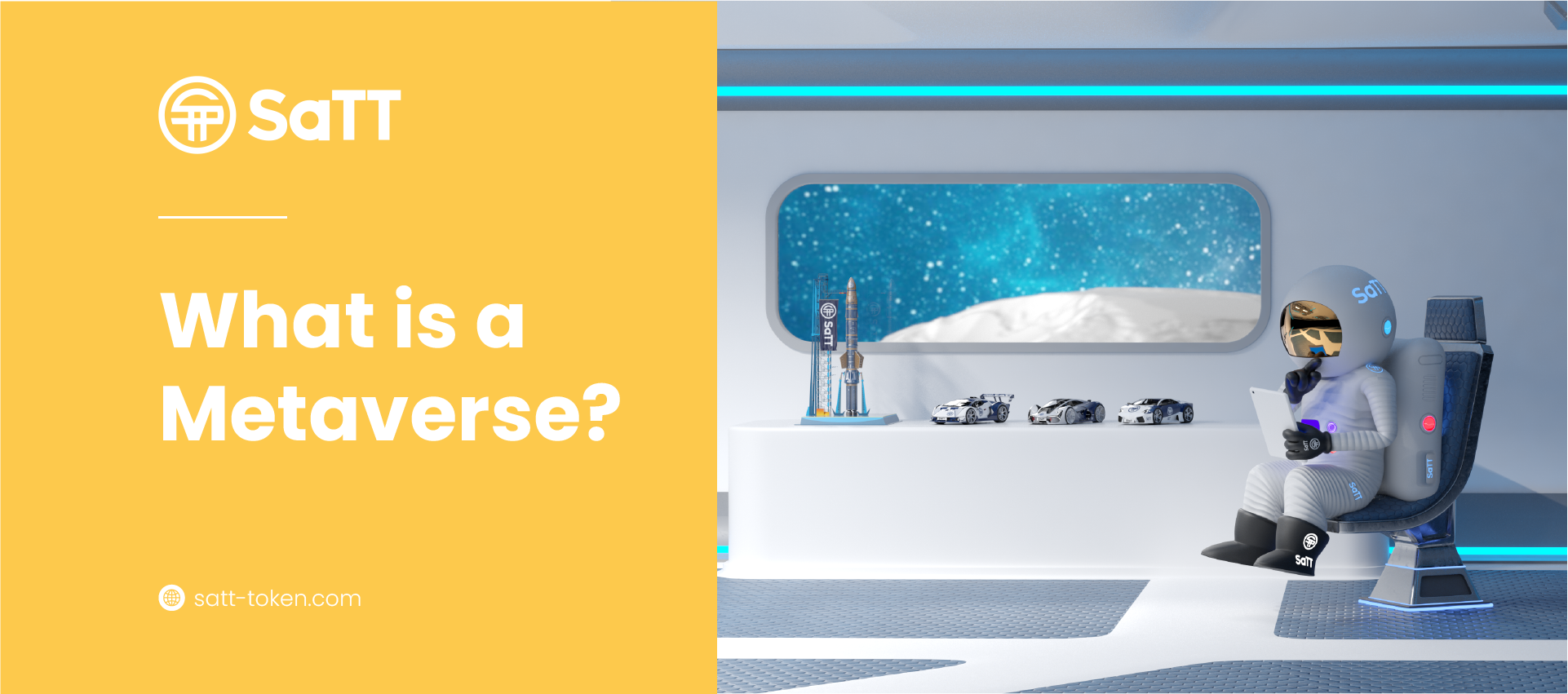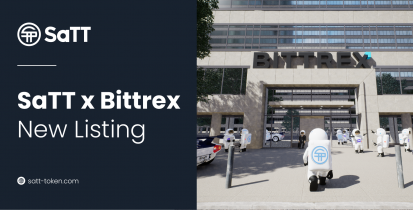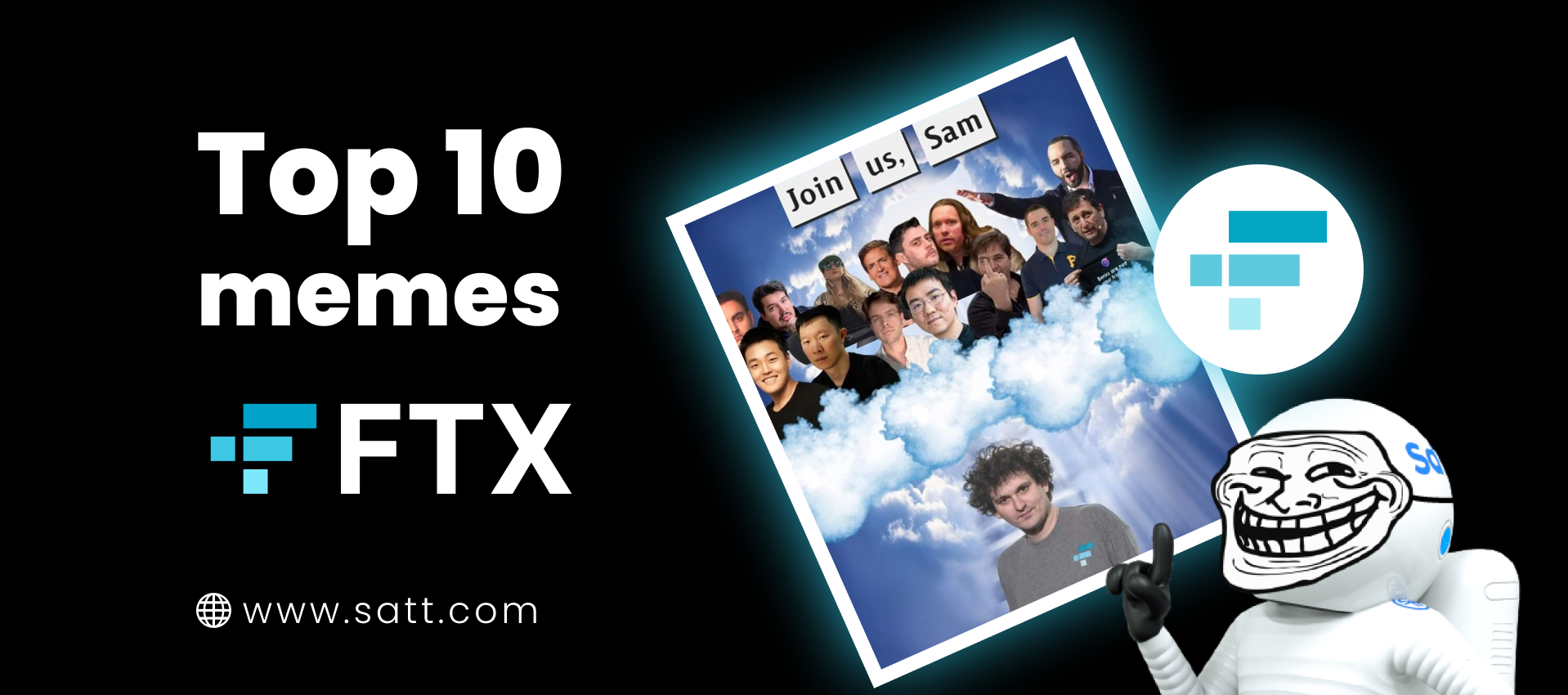
What Is a Metaverse?
The term “metaverse” is not new. It has been around since 1992, when it was coined by Neal Stephenson in his sci-fi novel called Snow Crash. In its broadest meaning, metaverse refers to any kind of virtual-reality world which can be accessed by many people. It’s a type of cyberspace, just like the one we see in Avatar. In fact, concepts similar to metaverse have been covered in many sci-fi works of art.
Yet, the metaverse has become a reality nowadays. Every Massively Multiplayer Online Role-Playing Game (MMORPG), such as World of Warcraft, could be seen as an example of it.
However, this term has slightly changed its meaning nowadays, and it usually refers to the shared online space that combines augmented, physical, and virtual realities on the web. At least, that’s what some of the companies are striving toward.
Still, the clear definition of what metaverse is doesn’t exist. Since this is something that we’re only beginning to explore, we’ll certainly be able to set the “rules” of what constitutes a metaverse in the future. For now, we must be content with “a shared virtual space.”
The technology that has been closely linked to the concept of the metaverse is blockchain, and here’s why.
Table of Contents
Metaverse and Blockchain
Even though Mark Zuckerberg has announced only recently that Facebook will aim to become a metaverse in the next five years or so, those interested in blockchain and cryptocurrencies have been familiar with this concept for a while now. When you think of it, combining virtual worlds with blockchain makes perfect sense. After all, thanks to distributed ledgers, we finally have a chance to become owners of digital art and other goods.
For instance, when you’re playing a non-blockchain game and you decide to buy a house in it, you’re not really the owner since the game is run by a centralized entity that can ultimately decide what to do with your in-game property. However, that’s not possible with blockchain. Once you obtain an in-game non-fungible token (learn more on NFTs here), you are its only owner. When you think of it, that’s another level that we want to achieve in the digital world if we want to make it more similar to the real one.
Simply put, if IT giants are going to focus on developing their own metaverses, it makes sense to introduce blockchain and make the digital space more lifelike.
Many different blockchain-based projects are described as a metaverse or have plans to become one. For now, we can identify three different categories — art, games, and land. Let’s explore each of them and discuss popular projects.
Mind you — we’ve come up with the idea of the following categories, although some of the projects listed below can be listed in more than one.
A blockchain-based metaverse that focuses on creating, buying, selling, and trading NFTs can be called an art metaverse. One good example would be RTFKT Avatar Project, a game in which 20,000 in-game avatars will be NFTs. Also, check out The MekaVerse, a project selling Japanese mecha-inspired NFTs.
Some NFT metaverses are based on virtual land, and the most popular example is definitely Upland, where you can buy, sell, and trade virtual properties mapped to real addresses. Once you become a property owner, you can even use it to start a virtual business. Another great example of a land metaverse (that also contains other elements) is Axie Infinity.
Finally, some projects have taken things to another level by creating an entire in-game world governed by blockchain where not only property but virtually anything is an NFT. Projects such as Decentraland can be described as 3D virtual reality platforms where you can buy NFTs, interact with other users, and much more. Sandbox is also pretty similar.
Metaverse Outside Blockchain
Even though blockchain might be a perfect match with a metaverse, there are already some non-blockchain games that can be described with this term. Fortnite is certainly one of them.
The popular battle royale third-person shooter isn’t only about playing games with other people. Nowadays, there are plenty of non-gaming events that you can attend with your in-game avatar, and one such example was the in-game online concert by Travis Scott. The popular American rapper joined forces with the Fortnite team and had a virtual performance, which was attended by many of his in-game fans.
Events like these are what makes the metaverses stand out from MMORPGs. Once again, the lines are still blurred between all the concepts related to any kind of shared virtual space, but they will become clearer as we explore these technologies further.
Final Thoughts
Metaverse is the future. It’s the next-level mode of interaction among people on the internet — and this is only the beginning.
Even though blockchain companies are the closest to the metaverse, there are already many existing games and projects exploring various possibilities related to this concept.





